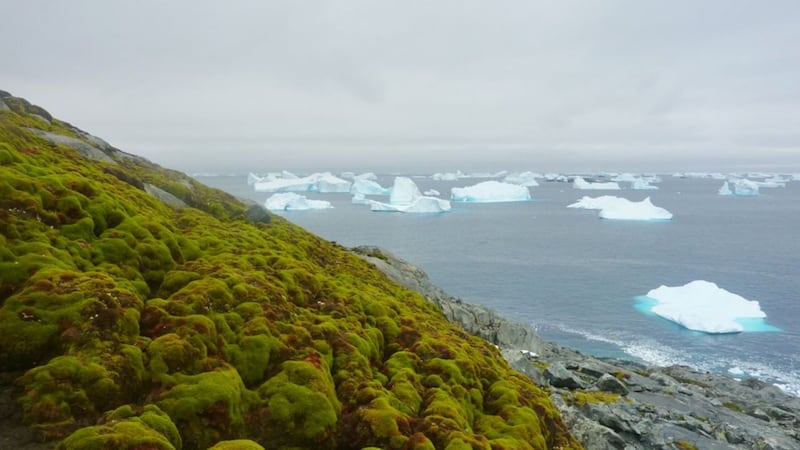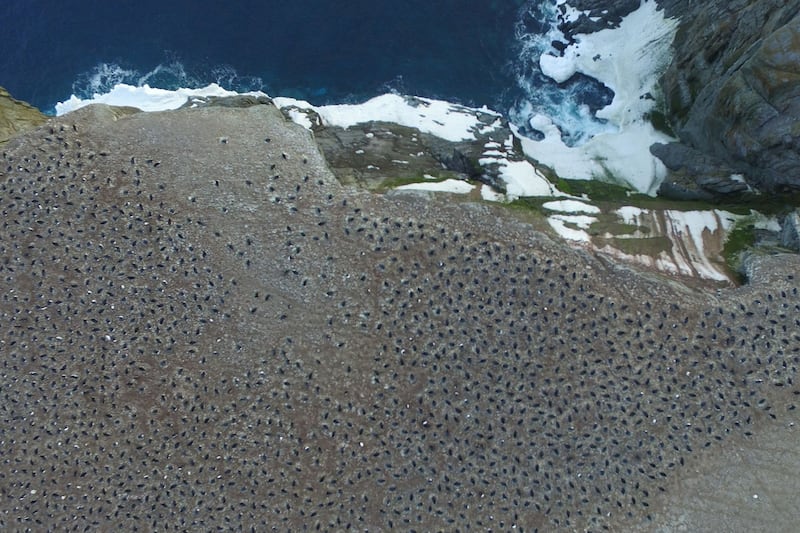Plant life has been growing at rapid rates on Antarctica as a result of global warming, a new study suggests.
Researchers say they found a “sharp increase” in the biological activity of moss in Earth’s southernmost continent in the last 50 years.
Only a very small fraction (0.3% to be precise) of the Antarctic Peninsula is covered in plant life but scientists believe global warming could change that.
The researchers from the University of Exeter, University of Cambridge and British Antarctic Survey tested five moss cores drilled from three different sites in the region spanning about 400 miles.
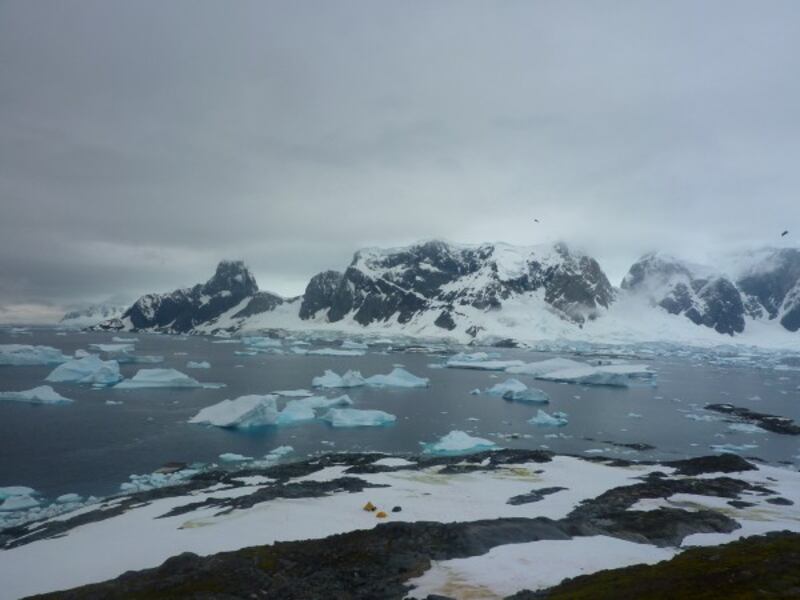
The cores allowed the scientists to reconstruct temperature and precipitation rates in the region for the last 150 years. Analysing the data, they found evidence of “changepoints” – when biological activity increased – in the last five decades.
Study author Dr Matt Amesbury said: “Temperature increases over roughly the past half century on the Antarctic Peninsula have had a dramatic effect on moss banks growing in the region.
“If this continues, and with increasing amounts of ice-free land from continued glacier retreat, the Antarctic Peninsula will be a much greener place in the future.”
Moss banks are generally well preserved in Antarctica’s cold conditions and analysing drilled core samples from the regions can provide information about the area dating back hundreds of years.
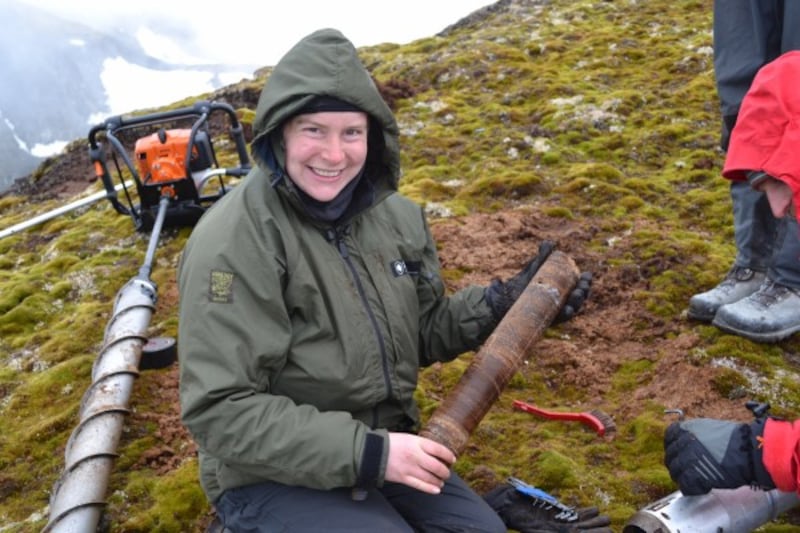
Previous research has shown Antarctic mosses can come back to life after lying inactive under the ice for 1,500 years.
Project leader professor Dan Charman said: “The sensitivity of moss growth to past temperature rises suggests that ecosystems will alter rapidly under future warming, leading to major changes in the biology and landscape of this iconic region.
“In short, we could see Antarctic greening to parallel well-established observations in the Arctic.
“Although there was variability within our data, the consistency of what we found across different sites was striking.”
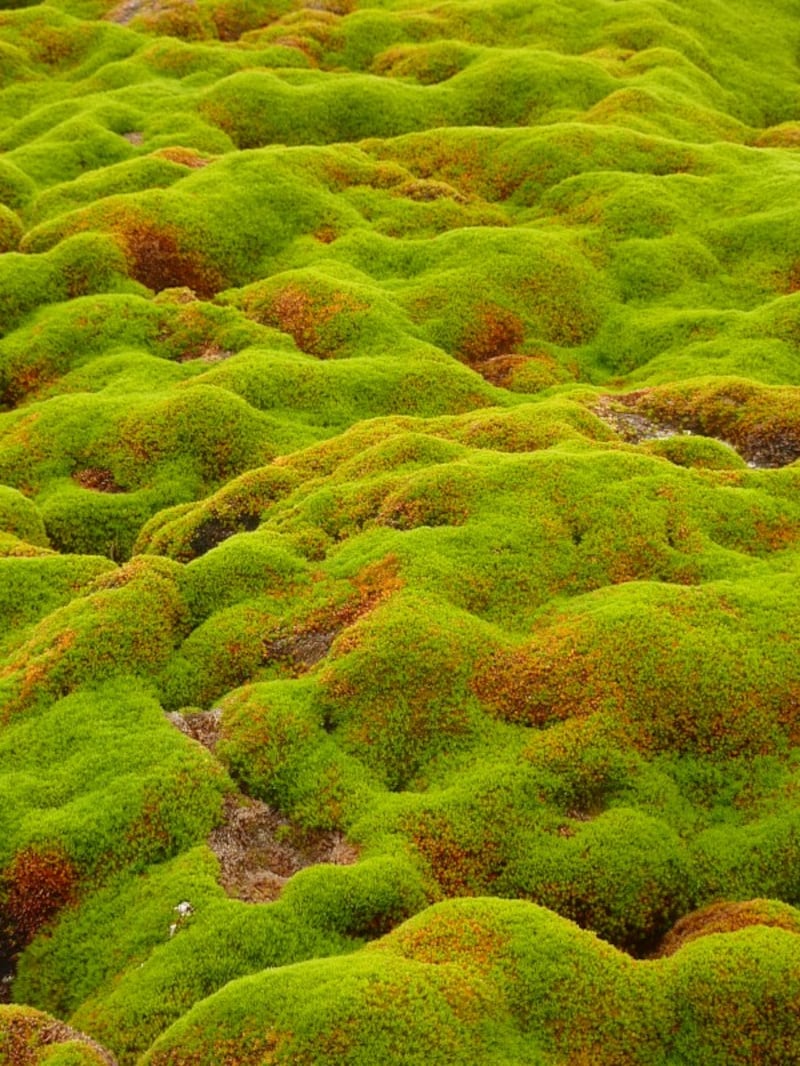
The next step, the researchers say, is to study cores from the oldest moss banks in the region – believed to date back 5,000 to 6,000 years.
Their aim will be to see how much climate change affected the local ecosystem long before human activity started causing global warming.
The research, which was funded by the Natural Environment Research Council, is published in Current Biology.
